A design sprint is a five day process that enables a team to explore a specific problem through rapid prototyping and user testing.
It is an effective way to bring people from across an organisation together to develop a shared vision and gain insight quickly.
Using a timeboxed approach, conversation and activities are structured and organised, keeping the team invigorated and committed to solving the problem.
By the end of the sprint you will have a user validated prototype of your product or idea and will understand where to take it next.
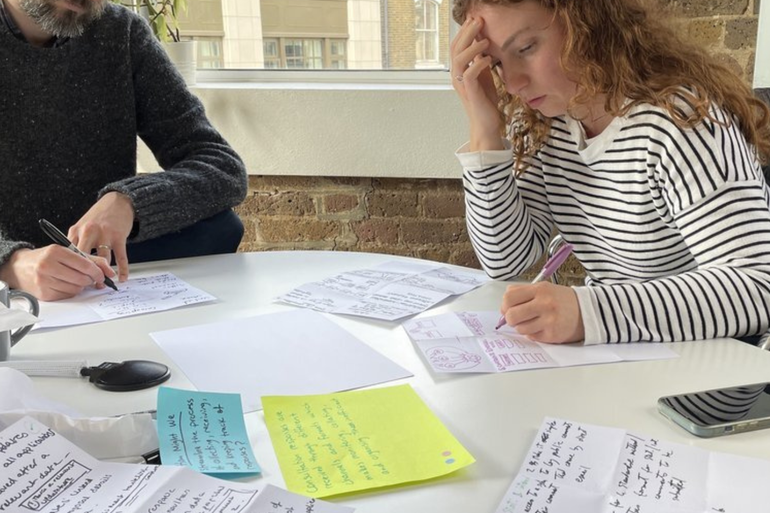
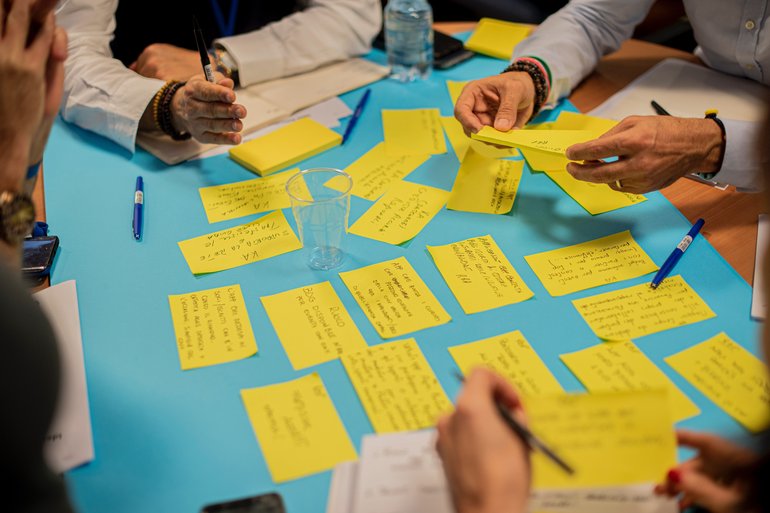
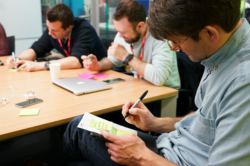
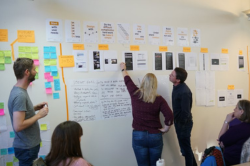
Now you’ve found a new direction, it’s time to scale. We can help you build a proposal to make it big.
Based on the same principles as the design sprint Unboxed is experienced in scaling up innovations and product as well as supporting organisational change. We will continue lightweight testing and iteration to learn by doing with your team.
Dr. Toby Garrood | Consultant Rheumatologist | Guy's and St. Thomas' NHS Foundation Trust
“We've been able to identify the root of many of the problems we are experiencing: patients and doctors are not receiving the right information at the right time. We've now taken an approach to begin engaging patients further in the referral process by including them earlier in the process. Unboxed is working with us to do something differently — we're putting our patients first.”
Work with usFrom identifying the problem on day 1 through to testing a prototype on day 5, Unboxed will work with the your team across the full design thinking process:
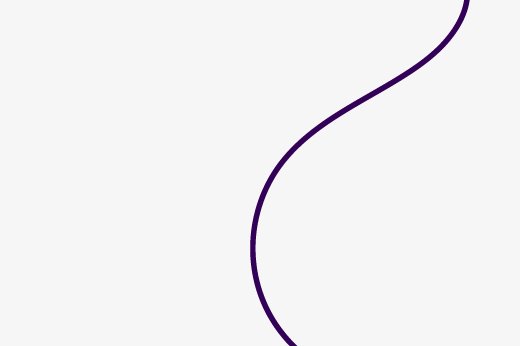
Identify problems and areas of focus for the design sprint.
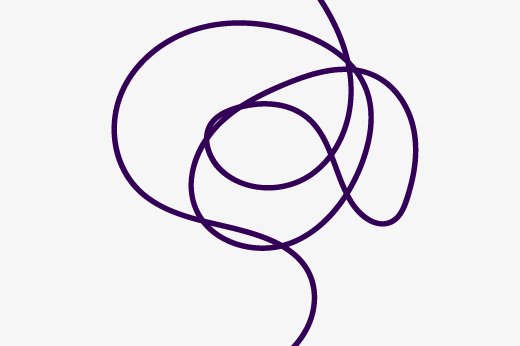
Begin to focus on a range of potential solutions.
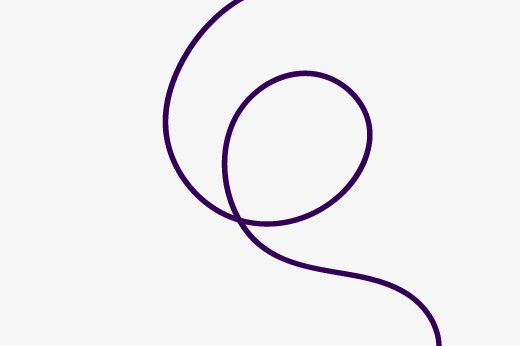
Decide which idea to take forward to meet the defined goal.
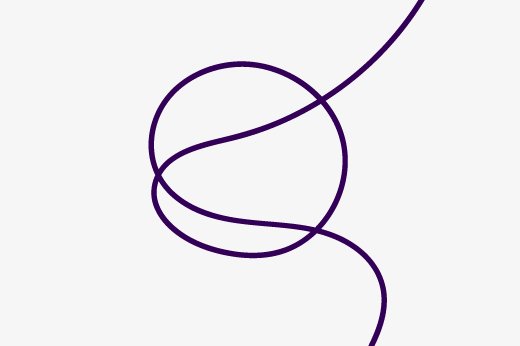
Take the storyboard and prototyping to a first concept.
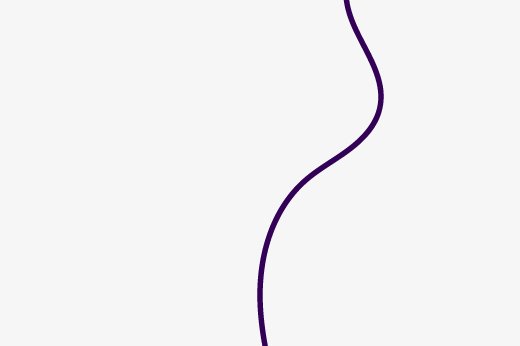
Test the sprint prototype with end users to gather feedback and steer direction.
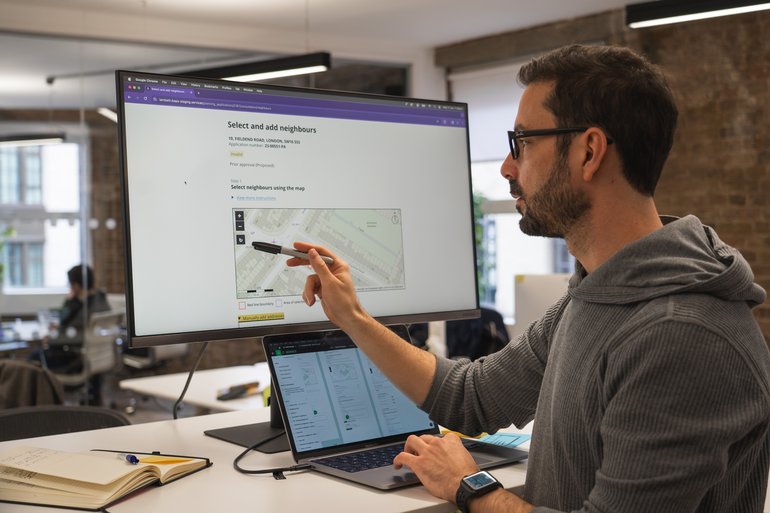
Not sure a Design Sprint is what you need right now but still looking to align your teams and make an impact this year? Not a problem, Unboxed offers a variety of services that can cater to your goals and innovation projects.
Design sprints can help you in two ways.
The cost for a 5-day design sprint is £25,000 ex. VAT
Having external facilitators creates space for everyone at your organisation to participate and removes some of the barriers that can be in place due to hierarchy or organisational silos. Unboxed are experienced at creating the right environment and coaching groups through the design sprint process, having done this in businesses, charities and government.
We recommend a core team of 5 people (but it can be more or less). They will take part in every day of the process. They do not need to be experts in design or development but should be familiar with the context of the problem or opportunity space.
It will also be necessary to find experts, key stakeholders and users to speak to during the sprint. When planning your design sprint we will help you identify and arrange this involvement.
It will either be in-person or online. Our experience of hybrid sprints is that they do not allow equal participation which is unsustainable for the intensity of the sprint. It is possible for set days to be remote and set days in person (for example two remote days and three in person). We can discuss any arrangements when we plan your sprint.
As much as possible the core team should be available in all 5 days. Design sprints pack a lot in and there isn’t time to recap extensively. We find you get the most out when the whole time is protected allowing individuals to be immersed in the problem or opportunity and not distracted by business as usual.
We are able to work with you to build investment pitches or reports and then support ongoing development and design.